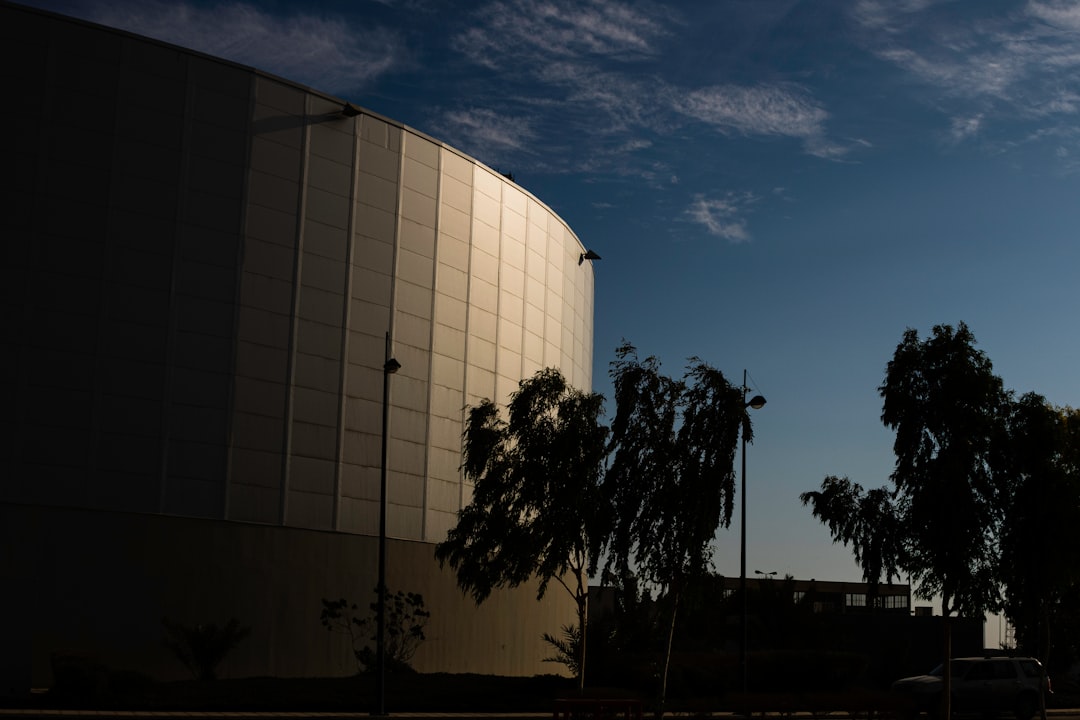The world stands at a pivotal moment, grappling with resource scarcity, climate change, and mounting waste. In 2025, the imperative to transition towards more sustainable practices has never been clearer. This article delves into two transformative concepts at the forefront of this shift: the Circular Economy and cutting-edge Green Technologies.
Readers will gain a comprehensive understanding of how these approaches are reshaping industries, creating new economic opportunities, and empowering individuals to contribute to a healthier planet. We’ll explore the core principles, key innovations, and practical steps for businesses and consumers alike. Prepare to discover how these interconnected movements are paving the way for a resilient and prosperous future.
Understanding the Circular Economy: Beyond “Reduce, Reuse, Recycle”
The Circular Economy is a systemic approach to economic development designed to benefit businesses, society, and the environment. Unlike the traditional linear “take-make-dispose” model, it aims to keep products, components, and materials at their highest utility and value at all times. This involves designing out waste and pollution, keeping products and materials in use, and regenerating natural systems.
It’s a framework that goes far beyond simple recycling, embedding sustainability into the very design and operational processes of products and services. Businesses adopting this model are finding innovative ways to create value while minimizing environmental impact.
Linear vs. Circular Models: A Fundamental Shift
The contrast between the linear and circular economic models highlights the urgency of this transition. The linear model extracts raw materials, manufactures products, consumers use them, and then discards them, leading to significant waste and resource depletion. The circular model, conversely, emphasizes longevity, repairability, and the continuous cycling of resources.
This shift requires rethinking product design, supply chains, and business strategies. It encourages innovation in material science, logistics, and consumer engagement to close loops and maximize resource efficiency.
- Design out waste and pollution
- Keep products and materials in use
- Regenerate natural systems

Innovations in Renewable Energy: Powering a Green Future
Renewable energy sources are the backbone of a sustainable future, offering clean power generation that mitigates climate change. In 2025, advancements in solar, wind, and other green technologies are accelerating, making them more efficient, affordable, and accessible than ever before. This sector is experiencing rapid growth and diversification.
Global investment in renewable energy continues to surge, driven by technological breakthroughs, supportive policies, and increasing corporate demand for clean power. This momentum is critical for achieving global climate targets.
Advancements in Solar and Wind Power
Solar photovoltaic (PV) technology continues to improve, with new materials and designs boosting efficiency and reducing manufacturing costs. Perovskite solar cells, for instance, show promise for higher efficiency and flexibility. Wind energy is also seeing innovations, including larger, more efficient turbines and advancements in offshore wind farm technology, which can harness stronger, more consistent winds.
These mature technologies are becoming increasingly competitive with fossil fuels, driving a significant shift in the global energy mix. The integration of smart grid technologies further enhances their reliability and distribution.
Emerging Green Technologies
Beyond solar and wind, several emerging green technologies are gaining traction. Green hydrogen, produced by electrolysis using renewable electricity, is seen as a crucial energy carrier for decarbonizing heavy industries and long-haul transport. Advanced geothermal systems are also being developed to access heat from deeper geological formations, offering a constant, baseload power source.
Other areas include tidal and wave energy, as well as bioenergy solutions that convert organic waste into fuel or electricity. These diverse technologies offer complementary solutions to meet varying energy demands and geographical conditions.
“According to the International Renewable Energy Agency (IRENA), global renewable energy capacity additions are projected to continue their upward trend, with significant growth expected in solar and wind power through 2025 and beyond. This expansion is critical for meeting global climate targets and ensuring energy security.”
For more detailed insights, refer to IRENA’s report on Renewable Power Generation Costs in 2023, which provides the latest data and trends on the cost-effectiveness of various renewable technologies.

Sustainable Business Models in Action
Businesses worldwide are recognizing the economic and environmental benefits of adopting circular and sustainable practices. These innovative models are not just about compliance; they are about creating new revenue streams, enhancing brand reputation, and building resilience against resource price volatility. From fashion to electronics, companies are rethinking their entire value chains.
The shift towards sustainability is also driven by consumer demand, investor pressure, and regulatory changes, making it a strategic imperative for long-term success.
Product-as-a-Service (PaaS)
The PaaS model is a prime example of circularity in action. Instead of selling a product outright, companies retain ownership and lease its use to customers. This incentivizes manufacturers to design durable, repairable, and upgradable products, as they are responsible for maintenance and end-of-life management. Examples include carpet tiles, lighting systems, and even washing machines offered on a subscription basis.
This model shifts the focus from consumption to performance, ensuring resources are kept in use for as long as possible and then efficiently recovered or remanufactured.
Waste-to-Value Initiatives
Transforming waste into valuable resources is another cornerstone of the circular economy. Companies are investing in technologies and processes to convert industrial by-products, agricultural waste, and even municipal solid waste into new materials, energy, or chemicals. This not only reduces landfill burden but also creates new supply chains and economic opportunities.
For instance, plastic waste can be chemically recycled into virgin-quality polymers, and food waste can be anaerobically digested to produce biogas and nutrient-rich fertilizer.

The Role of Technology in Green Transition
Technology, excluding AI, plays a critical enabling role in accelerating the green transition. From advanced materials to digital platforms, innovation is key to optimizing resource use, improving efficiency, and facilitating circular practices. These technological advancements are making sustainable solutions more scalable and effective.
Digitalization, in particular, offers powerful tools for tracking, managing, and optimizing resource flows across complex supply chains, providing unprecedented transparency and control.
Digital Tools for Resource Optimization
Software platforms and IoT (Internet of Things) devices are revolutionizing resource management. Sensors can monitor energy consumption in buildings, track water usage in agriculture, or identify inefficiencies in manufacturing processes. Digital twins, virtual replicas of physical assets, allow for simulation and optimization of product lifecycles, from design to end-of-life.
Blockchain technology is also being explored to create transparent and traceable supply chains, verifying the origin and sustainability credentials of materials and products.
Smart Grids and Energy Management
Smart grids are advanced electricity networks that use digital communication technology to detect and react to local changes in usage. They integrate renewable energy sources more effectively, manage demand response, and enhance grid resilience. This allows for more efficient distribution of electricity and reduces waste.
Home energy management systems and smart meters empower consumers to monitor and control their energy consumption, further contributing to overall energy efficiency and demand reduction.
Consumer Power: Driving the Change
While businesses and governments play a crucial role, individual consumers hold significant power in accelerating the transition to a circular and green economy. Every purchasing decision, every repair, and every choice to extend a product’s life contributes to a collective impact. Consumer demand for sustainable products and services sends clear signals to the market.
Empowered consumers can drive innovation and accountability, pushing companies to adopt more responsible practices and offering more eco-friendly options.
Conscious Consumption and Repair Culture
Conscious consumption involves making informed choices about what we buy, considering the environmental and social impact of products. This includes opting for durable goods, products made from recycled or sustainably sourced materials, and items with minimal packaging. Embracing a “repair culture” means fixing broken items instead of replacing them, thereby extending their lifespan and reducing waste.
Support for local repair shops, DIY repair initiatives, and manufacturers offering repair services are all part of this growing movement.
Supporting Sustainable Brands
Actively seeking out and supporting brands committed to sustainability is a powerful way to vote with your wallet. Look for certifications, transparent supply chains, and companies that clearly articulate their environmental goals and achievements. This encourages more businesses to prioritize sustainability as a core value.
Researching company practices and engaging with brands on their sustainability efforts can help drive positive change across industries.
- Choose Durability: Invest in high-quality, long-lasting products.
- Repair First: Fix items when they break, rather than replacing them.
- Reduce Waste: Opt for reusable items, minimal packaging, and compost organic waste.
- Support Circular Businesses: Buy from companies with take-back programs or product-as-a-service models.
- Educate Yourself: Learn about the environmental impact of your purchases.
Conclusion: Building a Resilient Tomorrow
The journey towards a truly sustainable future is complex but achievable, with the Circular Economy and Green Technologies serving as indispensable guides. We’ve explored how moving beyond a linear model can regenerate natural systems and create economic value, while innovations in renewable energy provide the clean power needed for this transformation. Businesses are embracing new models, and technology is enabling unprecedented efficiency and transparency.
As individuals, our choices collectively shape the market and drive demand for more responsible practices. By adopting conscious consumption habits and supporting sustainable initiatives, we become active participants in this vital global shift.
What steps will you take today to contribute to a more circular and green world? Share your ideas and join the conversation!
Join the Movement Towards a Sustainable Future!
Explore more resources and get involved in circular economy initiatives.
Further Reading & Resources
- UNEP: What is the Circular Economy? – Provides a global perspective on resource efficiency.
- World Economic Forum: The Future of Consumption – Insights into how consumption patterns are evolving towards circularity.
- IRENA: Energy Transition – Comprehensive reports and data on the global shift to renewable energy.
